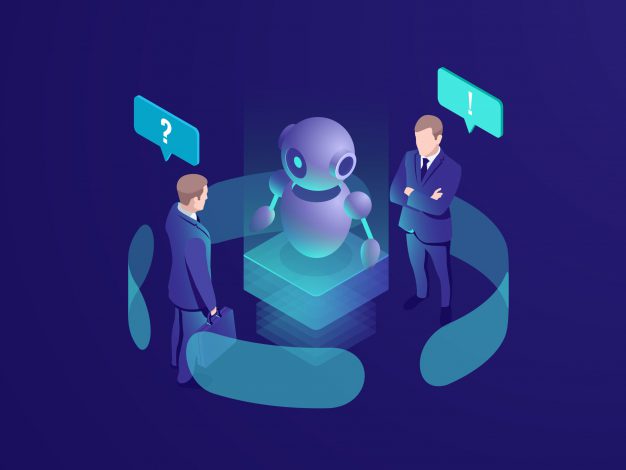Conversational AI & Deep Learning Based Control
The integration of artificial intelligence (AI) with business operations to increase the efficiency of functions is not a new development. However, the use of different types of AI by organizations continues to develop and improve with advancements in technology. Conversational AI is an area that is of special interest to organizations, especially those that interact regularly with clients and customers.
Chatbots are one of the most common applications of conversational AI and most of us are familiar with chatbots as well as voice assistants. Simply put, conversational AI refers to technologies that users can talk to. Large volumes of data, machine learning, and natural language processing (NLP) are used to enable machines to mimic human interactions, recognize speech and text inputs, and translate their meaning to various languages.
As mentioned above, chatbots are one of the most common applications of technology and online customer support has improved significantly with advancements made to artificial intelligence. In addition to this, conversational AI is used to improve HR processes like employee training and onboarding.
Healthcare services are also made more accessible with conversational AI and Internet of Things or IoT devices like virtual assistants also use the technology. Given the widespread use of conversational AI and its benefits, several organizations have integrated the technology with their products and services with the help of AI service providers.
Despite this, industry professionals are of the view that the potential of conversational AI is yet to be explored in full. Many consider the current application of conversational AI to be weak or insufficient, especially considering the various uses of the technology.
Fortunately, conversational AI developers use various concepts and technologies to further improve and develop conversational AI. One such technology is deep learning and the topic of conversational AI and deep learning based control is one under heavy discussion today.
Deep learning has improved conversational AI in several ways and will continue to do so. These efforts will focus on three key areas, the first area being algorithms.
Algorithms play an important role in artificial intelligence and similar technologies. Conversational AI concepts like virtual assistants and smart speakers are no different but the interactions between the device and the user face a challenge in terms of coherent or clear audio.
Unlike mobile phones that the user will have on their person, users will rarely have a virtual assistant or smart speaker extremely close to them. This means that the user will most likely not be talking into a microphone and the device will not clearly process what the user is saying.
With deep learning techniques, however, speech recognition tools will improve, which will have an effect on the overall function and quality of the device. As the technologies develop, an AI app development company may see various approaches and models being used to further enhance devices powered by conversational AI.
Research and studies will also focus on data. Organizations across industries now understand the importance of data and the role they play in technologies like conversational AI. With deep learning based control, data, whether in the form of audio or transcriptions, will be used to train a speech recognition system.
While semi-supervised training and other areas of relevance are even now being researched, deep learning will undoubtedly play a key role in unleashing the full potential of conversational AI.
Scalability is one of the key conversational AI trends for 2021 and the main reason is that several businesses realized in 2020 how unprepared their virtual assistants were for the increased traffic e-commerce platforms saw during the pandemic.
The integration of deep learning and conversational AI is expected to address many scalabilities concerns the industry has and cloud-based systems, which are commonly used for speech recognition will aid matters.
However, latency and continuous connectivity are two key issues that need to be focused on and it may take more time before the application of conversational AI reaches a more satisfactory level, especially considering its potential.
Despite this, developers are optimistic about the improvements to be made with the use of conversational AI and deep learning based control.
